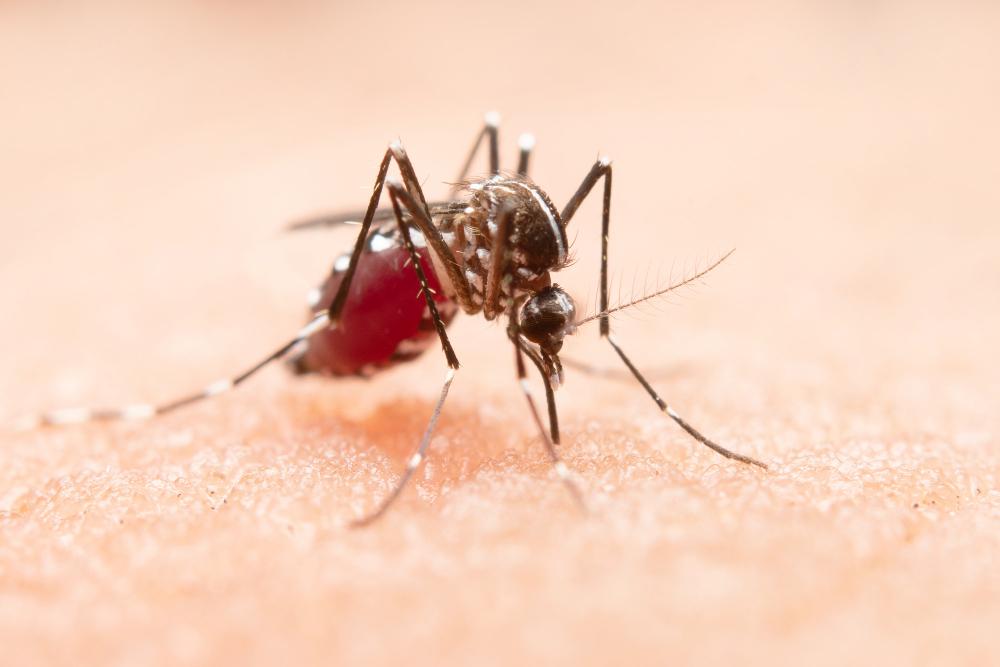Battling Malaria: Unveiling the Struggle and Solutions
Introduction
Malaria, a relentless and deadly mosquito-borne disease, has plagued humanity for centuries. Despite significant progress in recent years, it remains a global health challenge affecting millions of lives annually. This blog delves into the intricacies of malaria, exploring its causes, symptoms, and the ongoing efforts to combat and eradicate this disease.
Understanding Malaria
Malaria is caused by Plasmodium parasites, transmitted to humans through the bite of infected female Anopheles mosquitoes. The parasites travel to the liver and then into the bloodstream, leading to cycles of fever, chills, and flu-like symptoms. If left untreated, malaria can lead to severe complications, organ failure, and even death. It primarily affects tropical and subtropical regions, with Sub-Saharan Africa carrying the highest burden.
The Human Toll
Malaria exerts a heavy toll on society, particularly in regions with limited access to healthcare and resources. It not only affects individuals' health but also impacts economies due to decreased productivity and increased healthcare expenditures. Vulnerable populations, such as pregnant women and children under five, are at heightened risk, amplifying the disease's social impact.
Symptoms and Diagnosis
The symptoms of malaria are often non-specific, which can lead to misdiagnosis. Early detection is crucial for effective treatment. Common symptoms include high fever, headache, muscle pain, nausea, and fatigue. Diagnostic methods include microscopy and rapid diagnostic tests, which aid in identifying the presence of the parasite and determining the appropriate treatment.
Treatment and Prevention
Artemisinin-based combination therapies (ACTs) are the most effective treatment for uncomplicated malaria. However, the emergence of drug-resistant strains poses a significant challenge. Vector control measures, such as insecticide-treated bed nets and indoor residual spraying, are crucial in preventing mosquito bites and interrupting the disease transmission cycle.
The Road to Eradication
Eradicating malaria is a complex endeavor that requires a multi-faceted approach. Global efforts, including those by the World Health Organization (WHO), governmental agencies, NGOs, and research institutions, aim to reduce malaria's prevalence and impact. This involves scaling up prevention measures, improving diagnosis and treatment, developing new tools, and enhancing surveillance systems.
Innovations in Research
Cutting-edge research is driving progress in the fight against malaria. From the development of new antimalarial drugs to the creation of genetically modified mosquitoes resistant to the parasite, the scientific community is exploring diverse avenues to combat the disease. Additionally, advancements in data analysis and predictive modeling aid in identifying at-risk areas and tailoring interventions accordingly.
Challenges and Future Outlook
Despite significant strides, challenges persist. Inadequate funding, limited access to healthcare, and climate change's impact on mosquito habitats contribute to the disease's persistence. However, with increased investment, collaboration, and sustained commitment, malaria eradication remains a tangible goal. International partnerships, along with advancements in science and technology, offer hope for a malaria-free future.
Conclusion
Malaria's grip on humanity is weakening, thanks to global efforts and scientific breakthroughs. By understanding the disease's complexities, promoting prevention measures, and supporting research, we can edge closer to a world without malaria. Eradicating malaria requires a united front – one that transcends borders and combines resources to tackle this age-old scourge. Only through persistent dedication can we truly break the cycle of suffering caused by malaria and pave the way for a healthier, more vibrant global community.
Tags:






